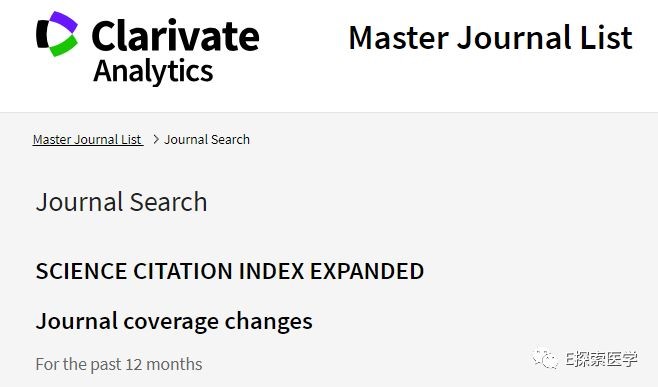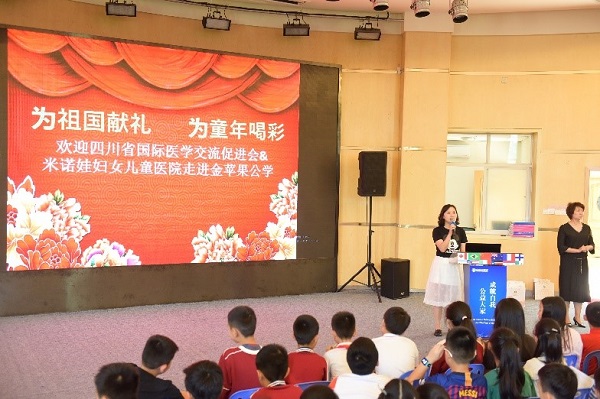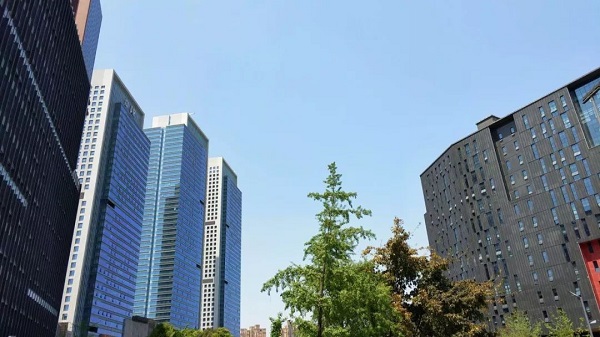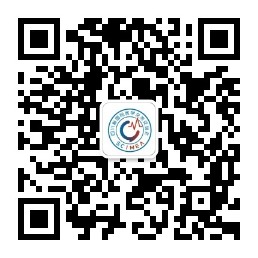Highly upregulated in liver cancer (HULC) was proposed as a diagnosis biomarker in hepatocellular carcinoma (HCC). Both HULC and autophagy are closely correlated with Epithelial-mesenchymal transition (EMT) and the progression of tumors. miRNAs are noncoding RNAs that plays regulatory roles in multiple diseases including cancers and can exert impacts on the growth, EMT, and metastasis of tumors by regulating autophagy. In this review, researchers investigated the roles of HULC and miR‐107 in autophagy and invasion of HCC. It came out that HULC promotes HCC invasion by a HULC/miR‐107/Atg12 axis.
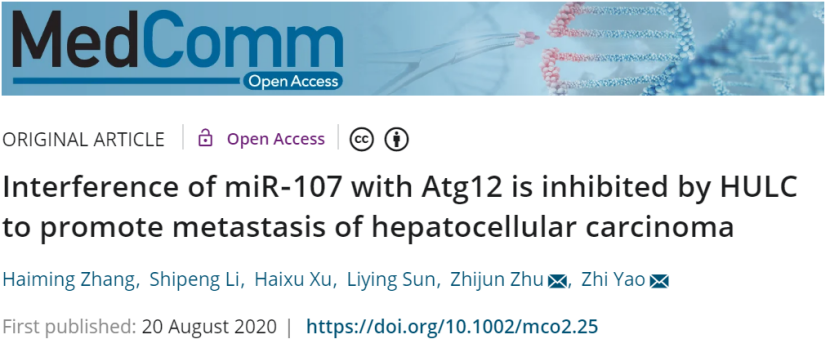
Highly upregulated in liver cancer (HULC) had a significant predictive effect on tumor growth and metastasis of hepatocellular carcinoma (HCC); however, the mechanisms of HULC on HCC still need to be clarified.
In the present study, the roles of HULC and miR‐107 in autophagy and invasion of HCC were investigated. Results showed that HULC siRNA reduced the level of autophagy. At the same time, the impact of HULC siRNA on invasion can be reversed by activating autophagy in HCC cell lines. Further studies showed an interacting sequence between HULC and miR‐107, as well as miR‐107 and Atg12, predicted by software. Precisely, the relationship of each pair of molecules was confirmed by luciferase reporter assays. The negative impacts of miR‐107 on autophagy and invasion were proved in HCC cell lines. The inhibitor of miR‐107‐promoted invasion can also be reversed by Atg12 siRNA. The changes of miR‐107, Atg12, epithelial‐mesenchymal transition, and autophagy in transplanted tumors of mouse models also confirmed the results in HCC cell lines. Finally, authors find that HULC acts as an endogenous sponge, which abolishes the binding of miR‐107 on the Atg12 3′‐UTR and promotes autophagy and metastasis of HCC.
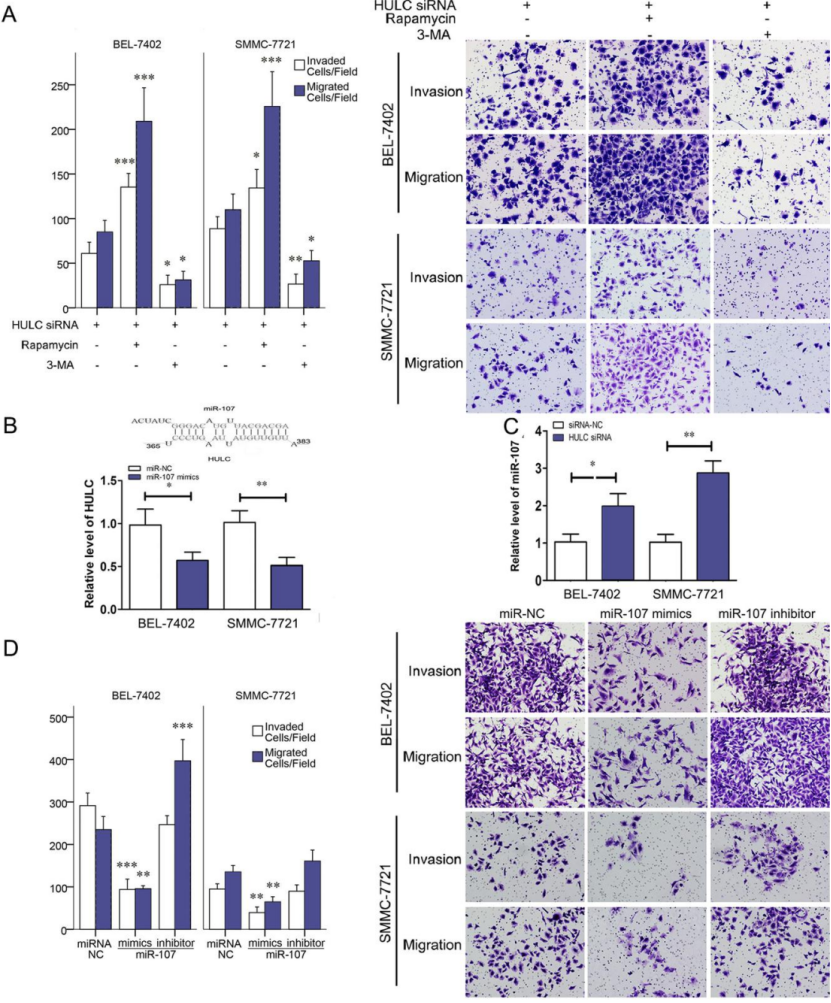
Fig. 1 HULC‐promoted invasion via miR‐107 and autophagy.
Article Access: https://onlinelibrary.wiley.com/doi/10.1002/mco2.25
Website for MedComm: https://onlinelibrary.wiley.com/journal/26882663
Looking forward to your contributions.


